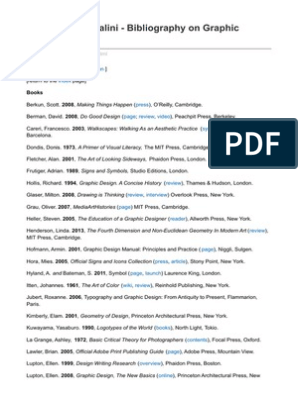0% found this document useful (0 votes)
139 views18 pagesVisual Communication and Perception
Visual communication involves graphically representing information to create meaning and can be utilized in various contexts such as websites and presentations. It addresses challenges like limited attention, memory retention, and comprehension by leveraging visual elements to enhance engagement and understanding. The document emphasizes the importance of visual perception in effectively conveying information and the physiological processes involved in how we perceive visuals.
Uploaded by
gilbuenaraineannealbaCopyright
© © All Rights Reserved
We take content rights seriously. If you suspect this is your content, claim it here.
Available Formats
Download as PPTX, PDF, TXT or read online on Scribd
0% found this document useful (0 votes)
139 views18 pagesVisual Communication and Perception
Visual communication involves graphically representing information to create meaning and can be utilized in various contexts such as websites and presentations. It addresses challenges like limited attention, memory retention, and comprehension by leveraging visual elements to enhance engagement and understanding. The document emphasizes the importance of visual perception in effectively conveying information and the physiological processes involved in how we perceive visuals.
Uploaded by
gilbuenaraineannealbaCopyright
© © All Rights Reserved
We take content rights seriously. If you suspect this is your content, claim it here.
Available Formats
Download as PPTX, PDF, TXT or read online on Scribd
/ 18





























































































